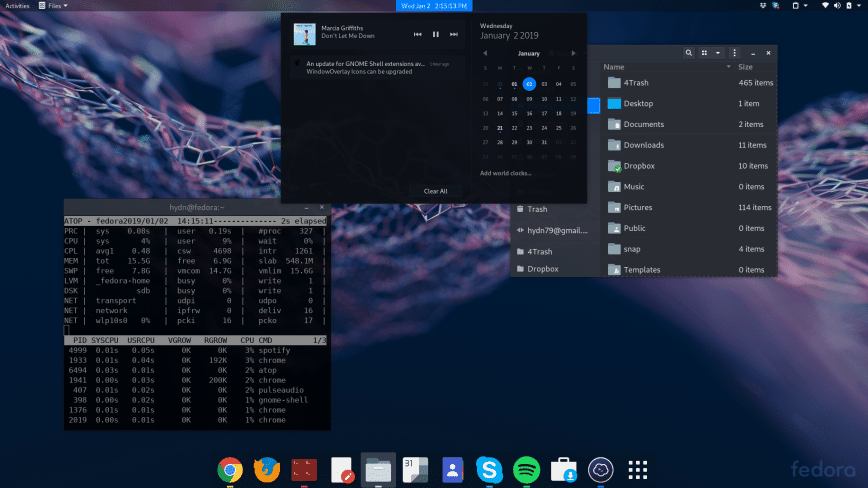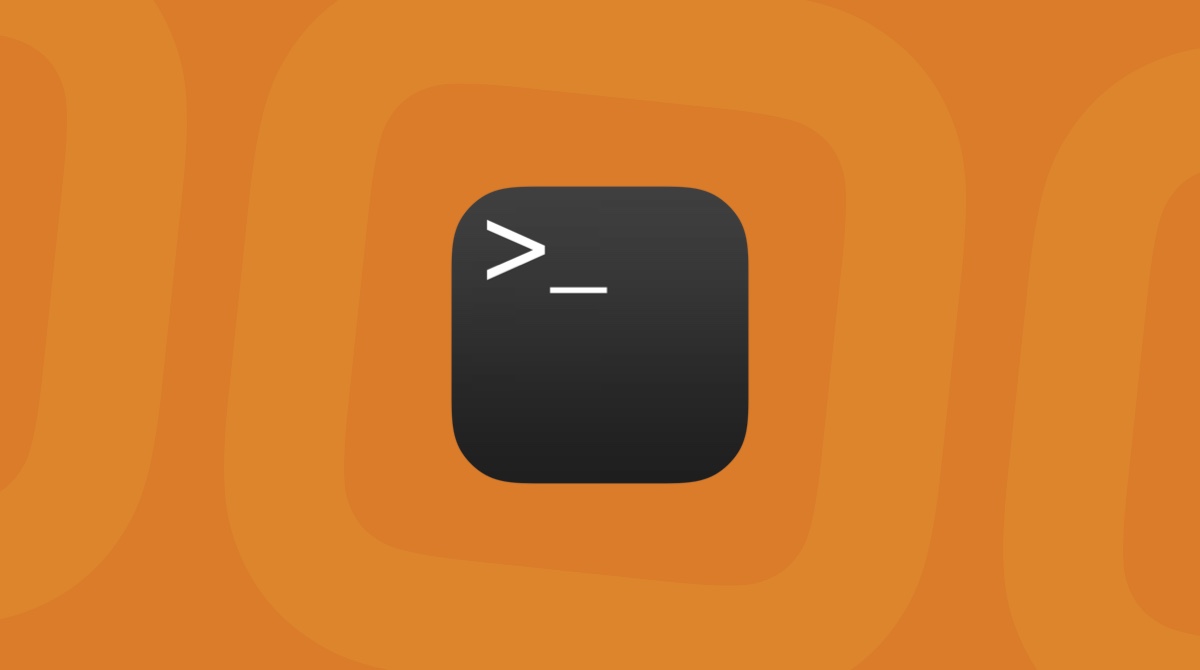
Click again to start watching. After trying multiple time, I still can not get command line tools installed on OS 10.15.2 (19C57). Sudo xcode- select -reset. Xcode- select -install. Restarted OS couple of times, repeated steps above.
I have a new Mac Mini with Catalina 10.15.4.
The command-line tool installer installs lots of stuff (libraries, frameworks, etc.) in multiple OS system directories. So you probably need to find or create a volume (external drive or partition) with OS X High Sierra on it for the install to complete. The above command 'shows you' to Apple as a developer, and software update may offer you the Catalina installer. Might we worth a try. Be aware that the VERSION of Catalina you may be offered is currently the 10.15.2 beta. But if that's what you need 'to get you to where you want to be', it is what it is. Yesterday I noted how one of the changed requirements in macOS 10.15 Catalina is that software which isn’t run by LaunchServices, such as command tools, will still need to satisfy new requirements for signature, hardening and notarization. With the much smaller Xcode Command Line Tools via xcode-select -install With the much smaller Xcode Command Line Tools via manual download. For people running the latest version of Catalina (10.15.2 at the time of this writing), this has worked when the other two solutions haven't. Installing node-gyp using the full Xcode.
I am having 2 issues with software update.
- Software update keeps trying to install Itunes 12.5 and 12.6.2. As i understand, Itunes no longer works in Catalina. Why does software update try to install old software? Is there a way to fix this.
- I am also trying to install the developer Command Line Tools for 10.15.4. when i try to install from the command line using 'xcode-select --install' I get the GUI dialog box error 'Can't install the software because it is not currently available from the software center Update Server'. While this is happening, software update shows that it is trying to install Command Line Tools (macOS El Capitan version 10.11) for Xcode 8.2 rather than the Catalina version for Xcode. My computer has Xcode 11.4.1 installed.
For some reason, it seems software update thinks my OS is not Catalina 10.15.4.
All old installs suggested and attempted by Software update fail as expected.
The first issue is a nuisance since my computer continuously trys and fails to automatically install Itunes.
Catalina Install Command Line Tools
The second is a bigger issue since i need the command line tools to be installed to build applications for my computer.
See screenshots below.
Mac mini, macOS 10.15
Posted on Apr 25, 2020 10:01 AM
Installation
- Download Visual Studio Code for macOS.
- Open the browser's download list and locate the downloaded archive.
- Select the 'magnifying glass' icon to open the archive in Finder.
- Drag
Visual Studio Code.appto theApplicationsfolder, making it available in the macOS Launchpad. - Add VS Code to your Dock by right-clicking on the icon to bring up the context menu and choosing Options, Keep in Dock.
Launching from the command line
You can also run VS Code from the terminal by typing 'code' after adding it to the path:
- Launch VS Code.
- Open the Command Palette (Cmd+Shift+P) and type 'shell command' to find the Shell Command: Install 'code' command in PATH command.
- Restart the terminal for the new
$PATHvalue to take effect. You'll be able to type 'code .' in any folder to start editing files in that folder.
Note: If you still have the old code alias in your .bash_profile (or equivalent) from an early VS Code version, remove it and replace it by executing the Shell Command: Install 'code' command in PATH command.
Alternative manual instructions
Instead of running the command above, you can manually add VS Code to your path, to do so run the following commands:
Start a new terminal to pick up your .bash_profile changes.
Note: The leading slash is required to prevent $PATH from expanding during the concatenation. Remove the leading slash if you want to run the export command directly in a terminal.
Note: Since zsh became the default shell in macOS Catalina, run the following commands to add VS Code to your path:
Touch Bar support
Out of the box VS Code adds actions to navigate in editor history as well as the full Debug tool bar to control the debugger on your Touch Bar:
Mojave privacy protections
After upgrading to macOS Mojave version, you may see dialogs saying 'Visual Studio Code would like to access your {calendar/contacts/photos}.' This is due to the new privacy protections in Mojave and is not specific to VS Code. The same dialogs may be displayed when running other applications as well. The dialog is shown once for each type of personal data and it is fine to choose Don't Allow since VS Code does not need access to those folders. You can read a more detailed explanation in this blog post.

Updates
Catalina Install Xcode Command Line Tools
VS Code ships monthly releases and supports auto-update when a new release is available. If you're prompted by VS Code, accept the newest update and it will get installed (you won't need to do anything else to get the latest bits).

Note: You can disable auto-update if you prefer to update VS Code on your own schedule.
Preferences menu
You can configure VS Code through settings, color themes, and custom keybindings available through the Code > Preferences menu group.
Macos Catalina Install Command Line Tools
You may see mention of File > Preferences in documentation, which is the Preferences menu group location on Windows and Linux. On a macOS, the Preferences menu group is under Code, not File.
Next steps
Once you have installed VS Code, these topics will help you learn more about VS Code:
- Additional Components - Learn how to install Git, Node.js, TypeScript, and tools like Yeoman.
- User Interface - A quick orientation around VS Code.
- User/Workspace Settings - Learn how to configure VS Code to your preferences settings.
Common questions
Why do I see 'Visual Studio Code would like access to your calendar.'
If you are running macOS Mojave version, you may see dialogs saying 'Visual Studio Code would like to access your {calendar/contacts/photos}.' This is due to the new privacy protections in Mojave discussed above. It is fine to choose Don't Allow since VS Code does not need access to those folders.
VS Code fails to update
If VS Code doesn't update once it restarts, it might be set under quarantine by macOS. Follow the steps in this issue for resolution.
Can't Install Xcode Command Line Tools Catalina
Does VS Code run on Mac M1 machines?
Catalina Install Command Line Tools Download
Yes, VS Code supports macOS ARM64 builds that can run on Macs with the Apple M1 chip. You can install the Universal build, which includes both Intel and Apple Silicon builds, or one of the platform specific builds.